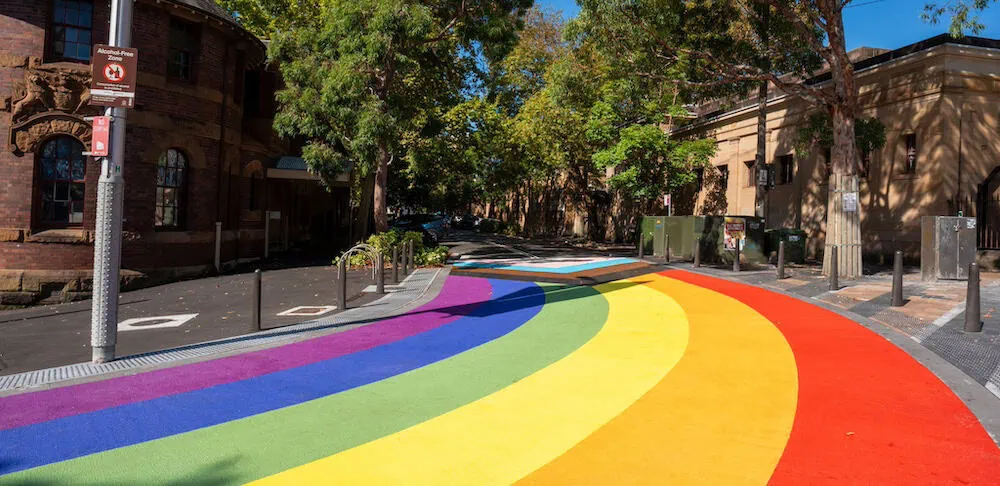
Guerrillas in the potting mix
BY PATRICK BILLINGS
Sydney’s latest guerrilla outfit ‘ the Guerrilla Gardeners Society ‘ prefer fertiliser to Che Guevara.
Recently formed by about 20 students at the University of Sydney, GGS is declaring war on barren eyesores in the inner city by implanting unused spaces with some much needed shrubbery.
The aim, according to founding member Thomas McMurchy, is to beautify public areas and put them to better use.
‘We want to renew spaces and try to create healthy native environments, as well as grow things like fruit and vegetables,.’ Mr McMurchy said.
‘The guerrilla element is about people going in and planting plants anywhere where you can put them.’
McMurchy is keen to point out their methods are much more prosaic than their name suggests.
‘There is a huge irony in the name, it has connotations of warfare, where as gardening is actually a really peaceful and fun thing to do,’ he said.
‘There is a political aspect, though. If it is a public space why can’t the people of Sydney plant whatever they want and put bare strips of lawn to better use”
‘But we are not militant and we don’t plan on cultivating Hyde Park.’
As populations explode in cities around the world, the guerrilla gardening movement is gaining international momentum.
Richard Reynolds is the commander-in-chief of this worldwide gardening army; A Londoner who went from advertising executive to guerrilla gardener. His book, On Guerrilla Gardening, is described as a ‘manuaulfesto’.
Mr Reynolds told The City News he hoped to encourage and inspire guerrilla gardeners of all sorts, but particularly those transforming neglected or ‘orphaned’ land.
‘Guerrilla gardening is an informal, localised, pragmatic and optimistic solution to the problem of using the earth’s limited resources sustainably, and bypassing the sometimes unhelpful and rigid rules that get in the way.’
Mr Reynolds said the movement would eventually be adopted by authorities.
‘In some places it should lead to permission being granted. New York’s Community Gardens owe a great deal to the Green Guerrillas of the 1970s who have grown into a localised not-for-profit organisation.’
In 1973 Liz Christy, an artist from New York, recruited her neighbours and friends to clean out a vacant lot in the city’s Bowery Heights. Calling themselves the Green Guerrillas, they built a vibrant community garden and planted the seeds for today’s garden guerrillas.
Some trace their roots even further back to the Diggers, a dissident group in Seventeenth Century England committed to cultivating Common Land. As food prices skyrocketed, the Diggers began planting vegetables on private property. Landlord’s would often violently run them off their land.
A spokesman for the City of Sydney said council has yet to take a stance on guerrilla gardening.
‘We are doing an extremely large amount of green work anyway,’ the spokesman said. ‘Hopefully there aren’t any spaces left for the guerrillas because we are already working on them.’










